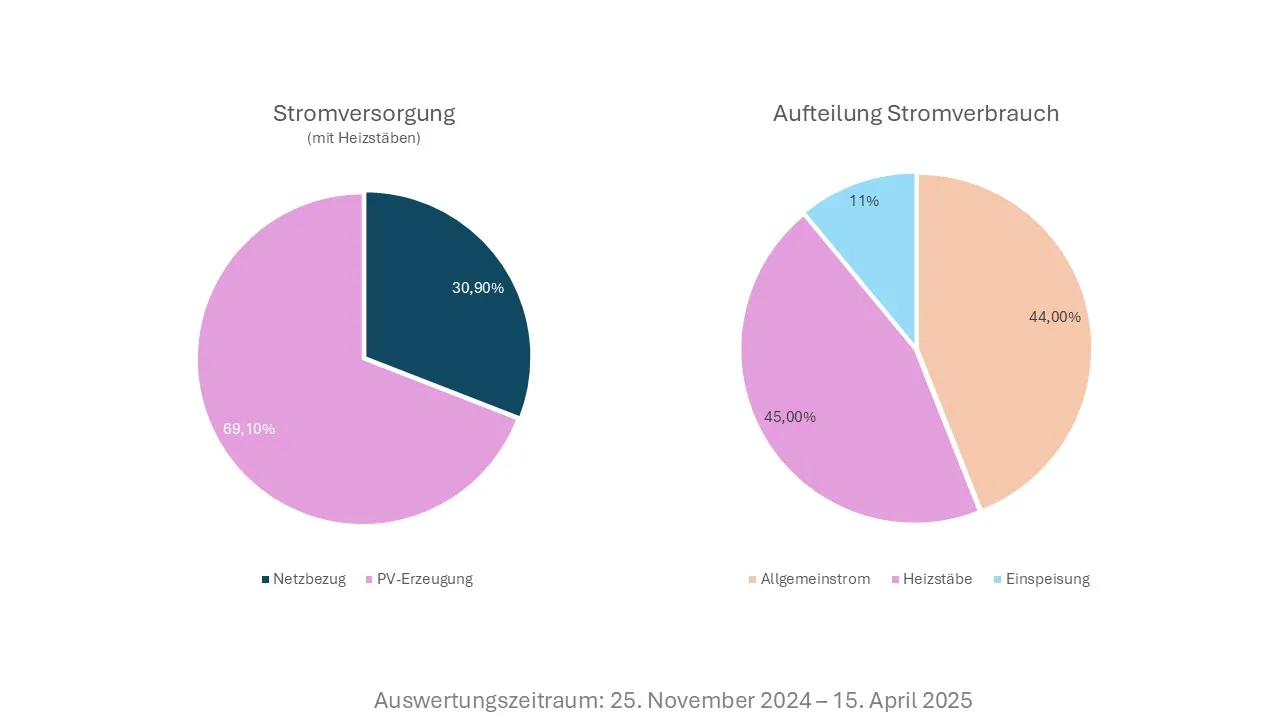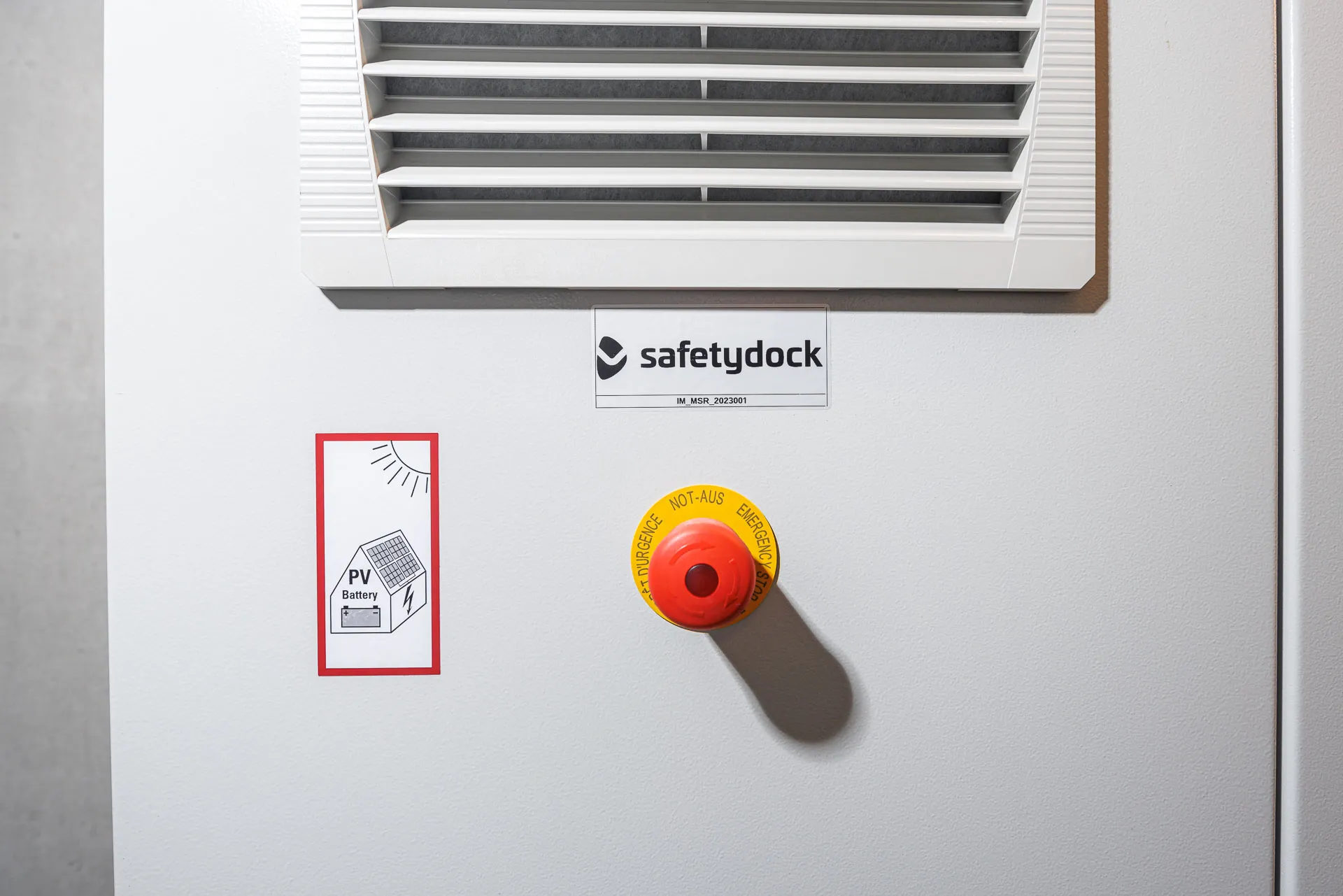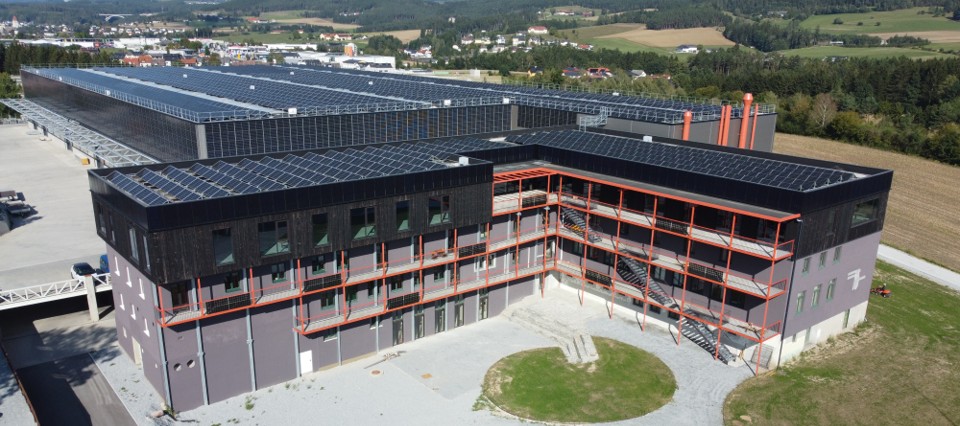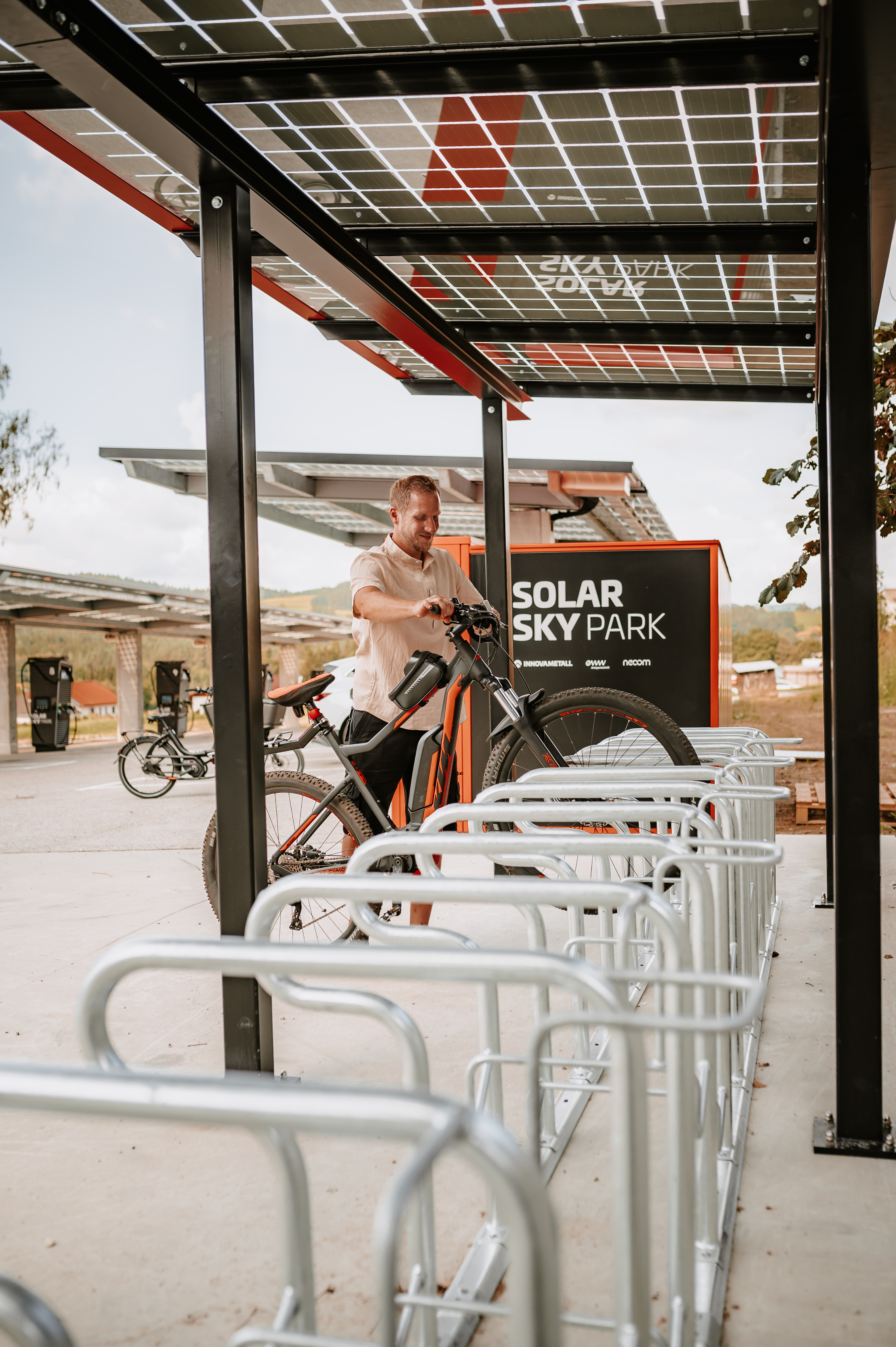How can a modern housing project achieve maximum energy efficiency – and even save costs in the process?
The new development in Ottnang demonstrates how smart planning and the targeted use of innovative technologies can turn decentralized energy supply into a true success story.

Turning balcony railings into power sources
In Ottnang am Hausruck, a forward-looking approach was taken: Instead of installing photovoltaic panels only on the roof, the balcony railings of the sybkon Energy Balcony were actively integrated into the overall energy concept. Since fall protection is structurally required anyway – why not use it to generate electricity at the same time?
The result: a clever dual use that impresses both aesthetically and functionally while delivering additional energy output without requiring extra space. The PV balconies alone provide around 40 kWp, accounting for nearly 60 % of the site’s total system capacity.
Total PV output in Ottnang:
- Roof installation: 30.44 kWp
- Balconies: ~40 kWp
- Total: 70 kWp

Using surplus energy efficiently – thanks to safetydock energy management
Another highlight of the project is the smart safetydock energy management system. In conventional setups, surplus PV electricity is often fed into the grid for just a few cents per kilowatt-hour – while expensive heating energy has to be purchased at the same time. Not so in Ottnang.
Here, safetydock automatically converts excess solar power into heat – for example via heating rods in buffer storage tanks. A total heating capacity of 24 kW is available, distributed across three storage units (8 kW each).
Energy flow priorities:
1. Self-supply for general electricity needs
2. Hot water generation via heating rods
3. Feed-in to the grid only once surplus remains (since February 2025)
It really pays off:
Feed-in to the grid: approx. €0.07 per kWh
Heating costs (gas or electricity): €0.18–€0.25 per kWh
With safetydock, the electricity is used locally – reducing heating costs by up to 70 %.

Conclusion: more efficiency, lower costs – by design
The Ottnang project clearly demonstrates how decentralized energy supply works in practice: intelligent, efficient, and economically sound.
By using building components such as balcony railings for dual purposes and integrating smart energy management, both ecological and economic benefits can be achieved – without compromising on design or comfort.



